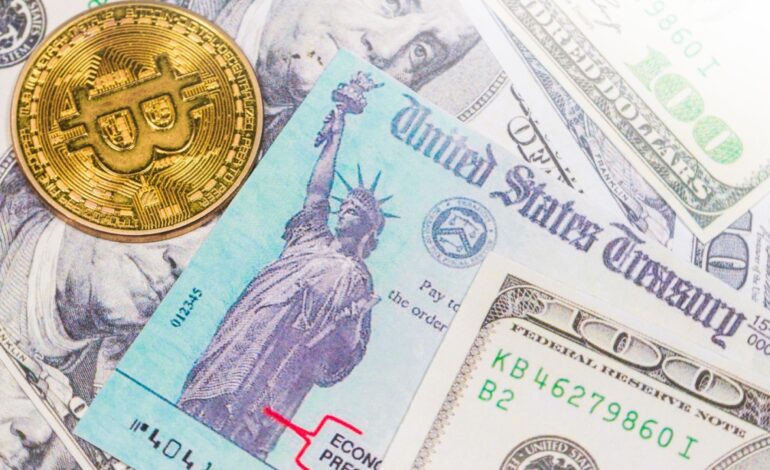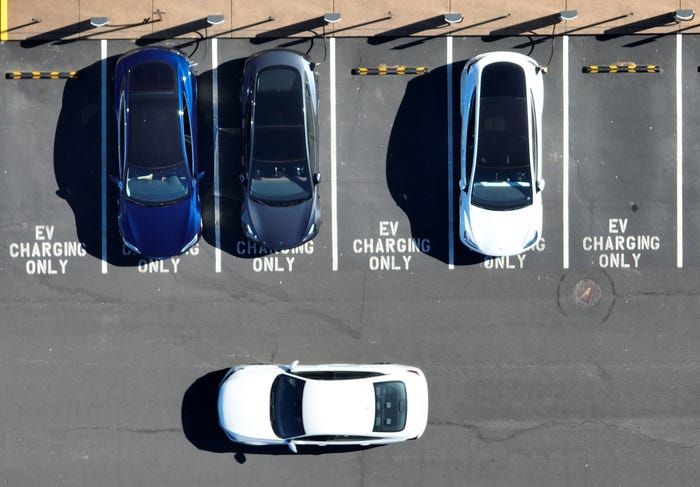Governments Explore Seized Cryptocurrency as Potential Reserves

Governments around the world are considering the potential of cryptocurrency as a means to strengthen their financial reserves. They are particularly focused on digital assets already seized from criminal activities. According to a report by Bloomberg, over $75 billion in cryptocurrency linked to illicit actions is currently accessible to law enforcement, with approximately $15 billion to $20 billion in forfeited bitcoin held by the United States alone.
This growing interest has led to the establishment of a new Strategic Bitcoin Reserve and Digital Asset Stockpile, following an executive order issued in March 2025. The rationale behind this initiative is simple: instead of liquidating confiscated digital assets, countries such as the United States, El Salvador, Bhutan, and Sweden are investigating ways to incorporate these holdings into their sovereign balance sheets, thereby diversifying their reserves.
In the United Kingdom, the significance of these assets is underscored by the seizure of approximately 61,000 bitcoin in 2018, currently valued at nearly $7 billion. This scenario illustrates how enforcement-related cryptocurrency can evolve into substantial public holdings over time, potentially transforming the way governments approach asset management.
Despite these promising developments, several operational challenges persist. Bloomberg notes that even with advancements in tracing and recovery technologies, issues such as international coordination, forensic analysis expertise, and financial limitations restrict the extent to which governments can reclaim these funds. In many jurisdictions, seized assets are first allocated to compensate victims or fund further investigations before any portion can be utilized for sovereign purposes.
In the private sector, parallel initiatives suggest potential frameworks for managing these cryptocurrency reserves. Notably, U.S. Bank has started to provide custody services for the stablecoin reserves backing the payments network of Anchorage Digital Bank, a development recently reported by PYMNTS.
Regulatory bodies are also adapting to these changes. The Bank of England is considering exemptions for certain firms regarding stablecoin holding limits. This shift indicates a growing recognition among regulators that token reserves may be legitimate assets rather than mere regulatory anomalies.
The broader economic implications are significant. Analysts from JPMorgan project that the increasing use of stablecoins could elevate dollar demand by as much as $1.4 trillion by 2027. This data highlights the interconnectedness of reserve policies and global liquidity.
As the landscape for cryptocurrency evolves from an enforcement tool to a potential policy instrument, the critical question remains: can governments manage these digital assets with the prudence and transparency expected of traditional reserves? The answer will likely shape the future of financial governance on a global scale.






